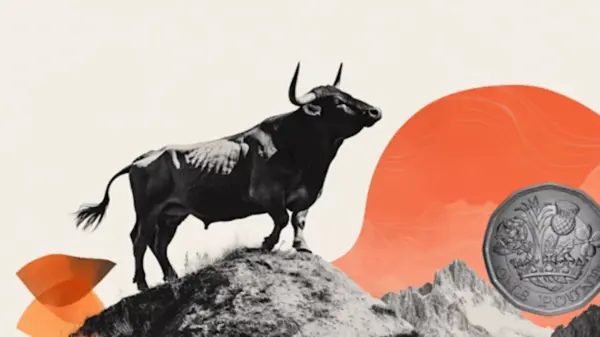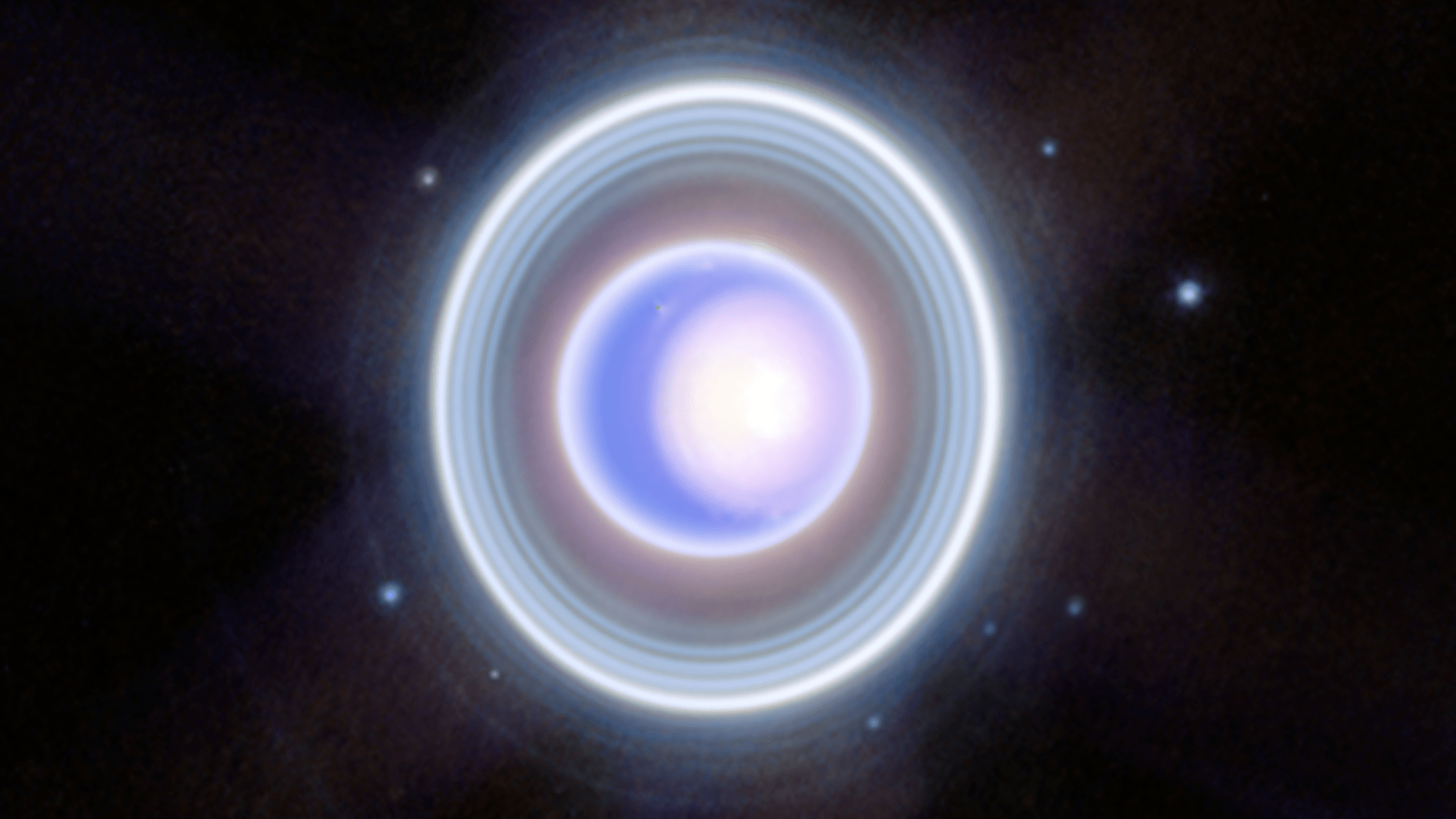Astronomers have detected what may be a 29th moon orbiting Uranus, as revealed by observations made with the James Webb Space Telescope (JWST). This potential new satellite, designated S/2025 U1, adds to the growing list of moons surrounding the ice giant. Although the findings are still undergoing the peer review process for final confirmation, early analysis suggests that this small moon is part of a complex system of satellites.
The initial discovery occurred on February 2, 2023, when JWST’s Near-Infrared Camera captured a series of ten images, each with a duration of 40 minutes. Subsequent examination indicates that S/2025 U1 is one of the smaller moons, located within the intricate structure of Uranus’ 14 inner moons, which includes larger bodies such as Ariel and Titania. According to Matthew Tiscareno, a researcher at the SETI Institute, “No other planet has as many small inner moons as Uranus, and their complex inter-relationships with the rings hint at a chaotic history that blurs the boundary between a ring system and a system of moons.”
Located approximately 35,000 miles from Uranus’ center, S/2025 U1 is estimated to be merely six miles wide, which is less than a third the width of New York City. Its low solar reflectivity, or albedo, is notably dimmer compared to Uranus’ other small moons. This lack of brightness likely contributed to Voyager 2 missing it during its flyby of the planet on January 24, 1986.
In terms of its orbit, S/2025 U1 takes a nearly circular path around Uranus, situated between the moons Ophelia and Bianca, just outside the planet’s main ring system. Maryame El Moutamid, a scientist with the Southwest Research Institute, noted that “its nearly circular orbit suggests it may have formed near its current location.”
The discovery of this moon adds to the intrigue surrounding Uranus, as astronomers believe there is still much to learn about its moons and their relationship with the planet’s rings and atmosphere. Tiscareno commented, “The new moon is smaller and much fainter than the smallest of the previously known inner moons, making it likely that even more complexity remains to be discovered.”
Most recently, the last moon identified prior to S/2025 U1 was designated as S/2023 U1, discovered in 2023. Both moons currently hold their temporary designations; however, they are expected to receive official names from the International Astronomical Union once the discoveries are confirmed. Historical naming conventions suggest that these new moons may be named after characters from the works of William Shakespeare or Alexander Pope, a tradition that continues to enchant astronomy enthusiasts and scholars alike.
As observations and analyses continue, the astronomical community remains eager to uncover further details about Uranus and its newly identified moon, S/2025 U1, and what these discoveries may reveal about the formation and evolution of our solar system.





































































